Childlike Mindset Competitive Enviroments
Rediscovering Play In Competitive Environments
In elite sports, the pressure to perform often overshadows the joy of play. Athletes are trained to focus, execute, and win, but many lose sight of the emotional core that first drew them to the game. A childlike mindset reintroduces spontaneity, curiosity, and emotional freedom into the competitive arena. It’s not about immaturity—it’s about emotional intelligence and symbolic clarity. Children play to explore, not to dominate. They engage with their environment through wonder, not fear. When athletes channel this energy, they unlock deeper layers of creativity and resilience. Strategic awareness doesn’t disappear—it becomes more fluid, adaptive, and emotionally anchored. Playfulness allows athletes to recover from mistakes faster and reframe setbacks as opportunities. It also fosters a sense of connection—with teammates, coaches, and the audience. The childlike mindset invites athletes to see sport as a living story, not just a scoreboard. It encourages experimentation, improvisation, and emotional expression. These qualities are often suppressed in high-pressure environments, but they are essential for long-term growth. Athletes who retain their playful side often show greater longevity, deeper motivation, and more authentic engagement. They perform not just with skill, but with soul. Rediscovering play is a strategic act—it reclaims the emotional and symbolic roots of sport. It also makes competition more inclusive, accessible, and human. When athletes play with purpose, they inspire others to do the same. The childlike mindset is not a regression—it’s a return to the source. It reminds us that sport is not just about winning, but about becoming. And in that becoming, joy is not optional—it’s essential.
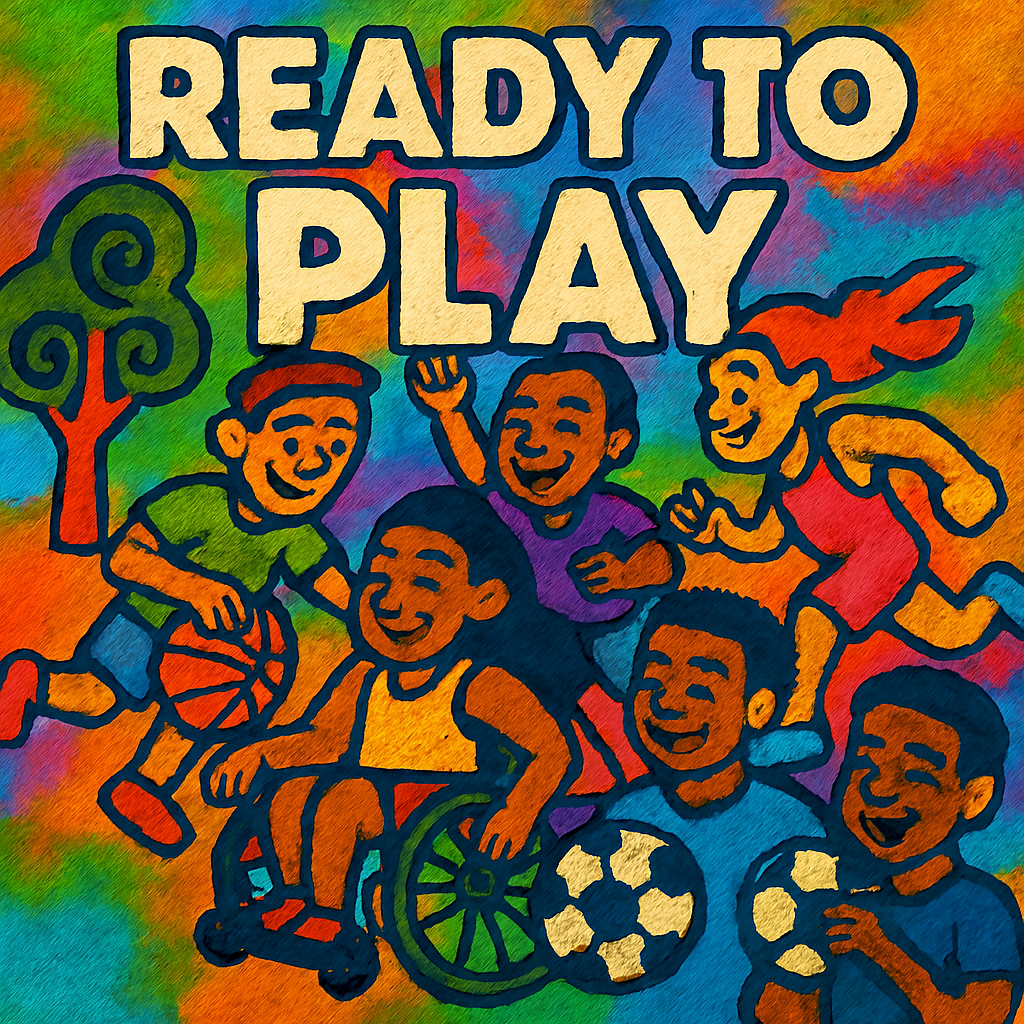
Emotional Intelligence – How Playfulness Builds Resilience Under Pressure
Playfulness is a form of emotional intelligence. It allows athletes to navigate stress, failure, and uncertainty with grace and flexibility. Children don’t fear mistakes—they learn from them. This mindset builds resilience, helping athletes bounce back from setbacks without losing confidence. Emotional rigidity, by contrast, leads to burnout and tunnel vision. Athletes who embrace their childlike side often show greater emotional recovery and interpersonal awareness. They laugh, reset, and re-engage with the game. This isn’t frivolous—it’s strategic. Emotional flexibility enhances focus, decision-making, and team dynamics. It also strengthens the athlete’s relationship with their own performance. Instead of judging every move, they observe, adapt, and grow. Playfulness dissolves ego and invites collaboration. It fosters trust, both internally and externally. Athletes who play with joy are more likely to support teammates, accept feedback, and stay grounded. They also perform better under pressure, because they’re not afraid to fail. Emotional intelligence is not just about control—it’s about connection. It links the athlete’s inner world with the outer game. Playfulness makes this link stronger, more fluid, and more resilient. It also enhances communication, empathy, and leadership. Athletes who retain their childlike mindset often become emotional anchors for their teams. They model openness, curiosity, and courage. These traits are contagious, creating a culture of psychological safety and mutual respect. In high-stakes environments, this culture is a competitive advantage. It allows teams to stay united, focused, and emotionally agile. Playfulness is not a distraction—it’s a stabilizer. It helps athletes regulate their emotions, recover from stress, and stay connected to their purpose. Emotional intelligence begins with play, and play begins with trust.
| Trait | Childlike Mindset | Rigid Mindset |
|---|---|---|
| Response to Failure | Curious and adaptive | Defensive or withdrawn |
| Emotional Recovery | Fast and fluid | Slow and reactive |
| Team Dynamics | Collaborative and open | Competitive and closed |
| Stress Management | Playful reframing | Suppression or avoidance |
Strategic Creativity – Why Play Unlocks Tactical Innovation
Strategic excellence in sport is often associated with discipline, repetition, and data-driven decision-making. Yet, some of the most iconic moments in sports history were born not from rigid planning, but from spontaneous, playful improvisation. A childlike mindset fuels this kind of innovation by encouraging athletes to explore, adapt, and invent in real time. Children don’t wait for permission to try something new—they act on instinct, curiosity, and emotional rhythm. This instinctive creativity is not chaotic; it’s deeply attuned to the environment. In sport, that means reading the field, sensing the opponent’s energy, and responding with fluid intelligence. Athletes who retain their playful side are more likely to break patterns, disrupt expectations, and surprise their rivals. These moments of surprise are not just entertaining—they’re strategically devastating. They shift momentum, destabilize opponents, and create openings where none existed. Playfulness also allows athletes to experiment during training, discovering new techniques and combinations that rigid drills might never reveal. Coaches who foster this mindset often see their athletes develop unique styles that defy conventional categories. These styles become strategic assets, making the athlete harder to predict and harder to contain. Playfulness also enhances risk calibration. Children take risks not to win, but to learn—and in doing so, they develop a nuanced sense of timing and consequence. Athletes who play with this mindset know when to push, when to hold, and when to surprise. They don’t just follow the playbook—they write new pages in it. Strategic creativity is not about abandoning structure; it’s about expanding it. It’s about seeing the game as a living system, not a fixed script. This perspective allows athletes to stay mentally agile, emotionally engaged, and tactically dangerous. In high-stakes moments, it’s often the playful athlete—not the most rehearsed—who finds the breakthrough. Playfulness is not the opposite of strategy; it is strategy, expressed through joy, intuition, and symbolic clarity.
| Scenario | Playful Response | Conventional Response |
|---|---|---|
| Opponent Changes Tactics | Improvise and explore | Stick to preset plan |
| Unexpected Error | Laugh and reset | Panic or overcorrect |
| Tight Game Situation | Inventive play | Conservative execution |
| Training Plateau | Try new drills | Repeat same routine |
| Team Losing Momentum | Introduce surprise move | Follow standard formation |
| Opponent Dominating Possession | Disrupt rhythm with playful feint | Wait for turnover |
| Unfamiliar Opponent | Test boundaries early | Play cautiously |
| High-Stakes Final | Expressive, symbolic play | Overcontrolled execution |
Neurological Flow – How Joy Enhances Focus And Reflexes
The concept of “flow” is central to peak performance in sports. Coined by psychologist Mihaly Csikszentmihalyi, flow describes a mental state of complete immersion, where action and awareness merge. Athletes in flow report heightened focus, effortless movement, and a sense of timelessness. This state is not achieved through pressure or perfectionism—it emerges through joy, challenge, and deep engagement. Children enter flow states naturally during play because they are fully present, emotionally open, and unburdened by outcome anxiety. When athletes tap into their childlike side, they access the same neurological pathways. Joy activates the brain’s reward system, releasing dopamine and enhancing motivation. It also reduces activity in the brain’s fear centers, allowing for faster reflexes and more confident decision-making. Playfulness increases neuroplasticity, making it easier to learn new skills and adapt to changing conditions. It also improves motor coordination by integrating sensory input with emotional rhythm. Athletes who train with joy often show faster reaction times, better balance, and more fluid movement. This isn’t just anecdotal—it’s measurable. Neuroscientific studies show that playful engagement lights up multiple brain regions simultaneously, creating a state of high-functioning integration. This integration is the neurological foundation of flow. It allows athletes to process information rapidly, anticipate outcomes, and execute with precision. Playfulness also enhances memory retention, making it easier to internalize complex strategies and recall them under pressure. In team sports, shared joy strengthens mirror neuron activity, improving coordination and nonverbal communication. Athletes who laugh, play, and connect off the field often move in sync on it. Flow is not a mystical state—it’s a neurological reality, and play is one of its most reliable gateways. By embracing their childlike side, athletes don’t just feel better—they perform better. They become more attuned, more adaptive, and more alive in the moment. In the language of the brain, joy is not a luxury—it’s a performance enhancer.
| Brain Function | Impact of Playfulness |
|---|---|
| Dopamine Release | Boosts motivation and focus |
| Prefrontal Cortex Activation | Enhances strategic thinking |
| Mirror Neuron Engagement | Improves team coordination |
| Amygdala Regulation | Reduces fear and anxiety |
| Neuroplasticity | Accelerates learning and adaptation |
| Sensory Integration | Improves motor coordination |
| Memory Encoding | Strengthens retention of tactics |
| Flow State Activation | Enables peak performance |
Symbolic Clarity – The Role Of Imagination In Athletic Identity
Children use play to explore identity, meaning, and emotional truth. They become superheroes, explorers, and storytellers—not to escape reality, but to understand it. Athletes who retain this symbolic clarity often perform with greater purpose, emotional resonance, and psychological alignment. They don’t just play the game—they embody it. This embodiment creates a powerful feedback loop between identity and performance. When an athlete sees themselves as a creator, a warrior, or a guardian of their team’s spirit, every movement becomes charged with meaning. This meaning fuels motivation, sharpens focus, and sustains effort through adversity. Symbolic clarity also helps athletes navigate transitions—between roles, seasons, and stages of life. It provides a narrative framework that makes change feel purposeful rather than disorienting. Athletes who play with symbolic imagination often develop rituals, mantras, and visualizations that anchor them emotionally. These tools are not superstitions—they are psychological technologies. They help athletes regulate emotion, maintain focus, and connect with their deeper “why.” Coaches who understand this dynamic can help athletes craft identities that are both empowering and adaptable. This doesn’t mean scripting a persona—it means inviting athletes to explore who they are through the language of play. Symbolic clarity also enhances audience connection. Fans resonate with athletes who express something larger than themselves—who play not just for points, but for meaning. This resonance builds legacy, loyalty, and cultural impact. Athletes who embody symbolic roles become icons, not just competitors. They inspire others to find their own meaning in movement. In this way, the childlike mindset becomes a bridge between personal identity and collective imagination. It turns sport into story, and story into strategy. Symbolic clarity is not abstract—it’s embodied, emotional, and essential. It gives athletes a compass, a voice, and a reason to keep playing, even when the stakes are high and the path is uncertain.
| Symbolic Role | Emotional Impact | Performance Outcome |
|---|---|---|
| Explorer | Curiosity | Adaptive strategy |
| Storyteller | Meaning | Motivated execution |
| Creator | Innovation | Unique play style |
| Guardian | Responsibility | Defensive leadership |
| Trickster | Disruption | Tactical surprise |
| Healer | Empathy | Team cohesion |
| Warrior | Grit | Competitive intensity |
| Dreamer | Vision | Long-term resilience |
Team Cohesion – How Play Builds Trust And Communication
In team sports, emotional trust is often the invisible glue that holds performance together. Athletes may train together for years, but without emotional safety, tactical coordination can falter under pressure. Playfulness is one of the most powerful tools for building that trust. When teammates laugh, joke, and engage in spontaneous rituals, they create emotional bonds that transcend strategy. These bonds foster psychological safety—the sense that one can speak, act, and take risks without fear of humiliation. Children build this safety instinctively through play. They negotiate roles, resolve conflicts, and create shared meaning through games. Athletes who retain this mindset bring the same emotional intelligence to their teams. They listen more openly, support more generously, and adapt more fluidly. Playfulness also enhances nonverbal communication. Teammates who share joyful moments often develop intuitive synchrony—moving, reacting, and anticipating as one. This synchrony is not just emotional—it’s tactical. It allows teams to execute complex plays with minimal verbal cues. Coaches who encourage playful bonding often see faster integration of new players and smoother recovery from internal conflict. Playfulness dissolves hierarchy and invites collaboration. It turns teammates into co-creators, not just co-workers. This shift enhances morale, motivation, and mutual accountability. Athletes who feel emotionally connected are more likely to sacrifice for the team, recover from setbacks, and celebrate each other’s success. Playfulness also buffers against performance anxiety. When athletes know they are supported, they take smarter risks and recover faster from mistakes. Team rituals—like nicknames, dances, or shared jokes—become emotional anchors during high-stakes moments. These anchors stabilize focus and reinforce identity. In elite environments, where pressure can fracture unity, playfulness becomes a strategic stabilizer. It keeps the team emotionally aligned, tactically flexible, and symbolically grounded. Emotional trust is not built through lectures—it’s built through laughter, shared struggle, and symbolic play. Teams that play together don’t just perform better—they endure longer, adapt faster, and inspire deeper loyalty.
| Team Ritual | Psychological Benefit | Tactical Impact |
|---|---|---|
| Pre-game jokes | Reduces anxiety | Enhances focus |
| Playful nicknames | Builds identity | Strengthens cohesion |
| Spontaneous challenges | Fosters trust | Improves adaptability |
| Shared celebrations | Reinforces unity | Boosts morale |
| Inside jokes | Creates emotional shorthand | Accelerates communication |
| Group dance | Synchronizes movement | Improves timing |
| Symbolic gestures | Anchors meaning | Stabilizes performance |
| Light teasing | Builds resilience | Encourages openness |
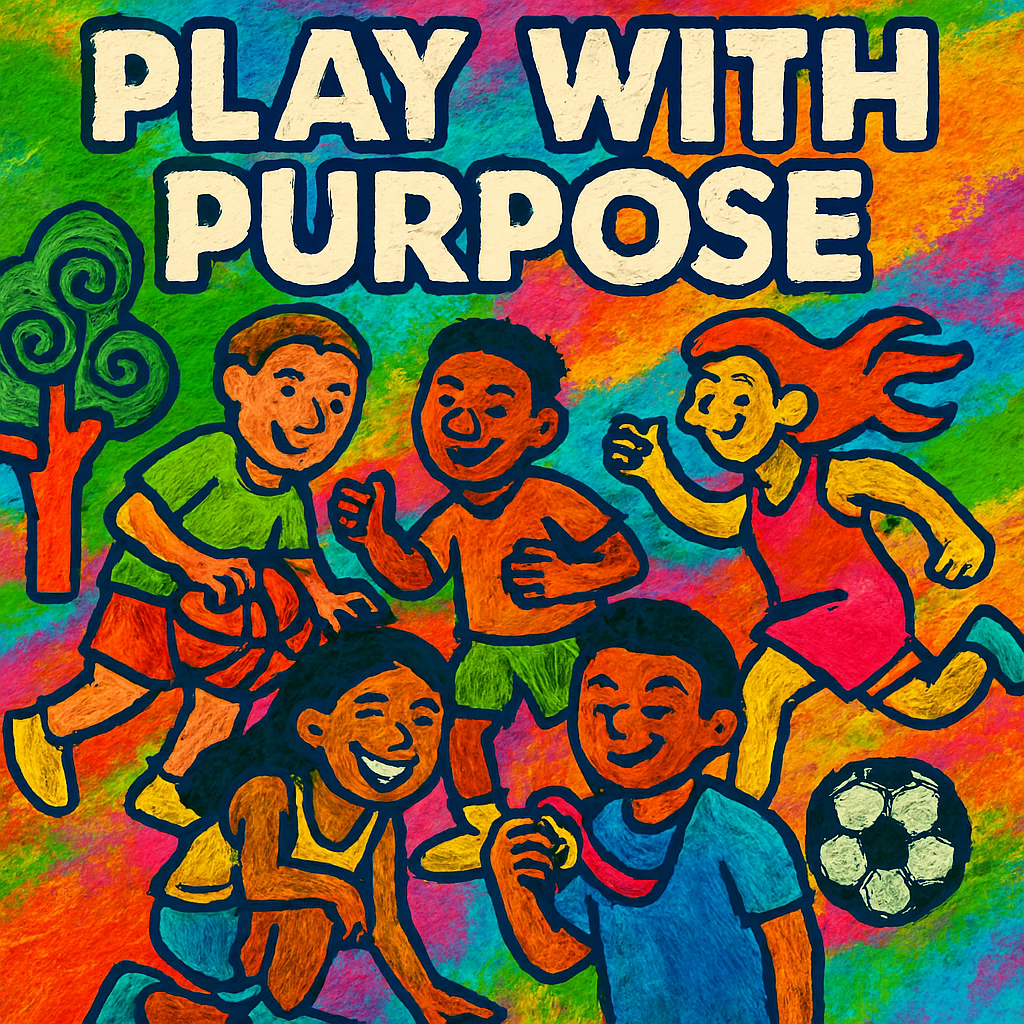
Recovery And Regeneration – The Healing Power Of Joy
Recovery in sport is often framed as a physical process—rest, nutrition, and rehabilitation. But emotional recovery is equally vital, and joy plays a central role in that process. Athletes who retain a childlike mindset recover faster because they engage with rest as a creative, emotional ritual. Children don’t just stop—they shift into imaginative modes that restore energy and emotional balance. Athletes can do the same by integrating playfulness into their recovery routines. This might include light movement, creative visualization, or social interaction. These practices reduce cortisol, improve sleep quality, and enhance immune function. Joy also activates parasympathetic nervous system responses, calming the body and mind. Athletes who laugh, dance, or engage in playful rituals often show faster heart rate recovery and lower inflammation markers. Emotional decompression is not a luxury—it’s a performance necessity. Playfulness helps athletes process stress, reframe setbacks, and reconnect with their deeper motivations. It also prevents burnout by keeping the training environment emotionally sustainable. Coaches who incorporate playful recovery strategies often see greater athlete retention and fewer overtraining injuries. These strategies might include games, storytelling, or symbolic rituals that mark the transition from effort to rest. Athletes who treat recovery as a creative act often develop more resilient bodies and minds. They listen to their emotional rhythms, adjust their routines, and stay connected to joy. This connection enhances long-term performance and psychological well-being. Playfulness also supports active recovery—low-intensity movement that maintains circulation and neurological engagement. When framed as play, these sessions become emotionally nourishing rather than tedious. Athletes who recover with joy return to training more motivated, focused, and emotionally balanced. Recovery is not just about stopping—it’s about restoring meaning. And meaning is most easily accessed through play. The childlike mindset transforms recovery from a passive process into a symbolic ritual of renewal.
| Recovery Practice | Childlike Element | Physiological Benefit | Emotional Impact |
|---|---|---|---|
| Light movement | Dance or games | Muscle regeneration | Joyful engagement |
| Visualization | Imaginative play | Mental reset | Symbolic clarity |
| Social interaction | Laughter and stories | Cortisol reduction | Emotional healing |
| Creative drills | Novelty and fun | Neurological stimulation | Motivation boost |
| Nature immersion | Exploration | Parasympathetic activation | Emotional grounding |
| Art or journaling | Expressive play | Cognitive integration | Meaning-making |
| Group rituals | Shared symbols | Hormonal balance | Team cohesion |
| Music and rhythm | Spontaneous movement | Heart rate recovery | Emotional release |
Learning And Adaptation – Why Curiosity Beats Perfectionism
Athletic mastery depends not just on repetition, but on the quality of engagement with learning. Children learn through curiosity, exploration, and emotional openness. They don’t fear failure—they treat it as feedback. Athletes who retain this mindset adapt faster, retain more information, and stay emotionally resilient. Perfectionism, by contrast, narrows growth. It creates fear-based learning environments where mistakes are punished and creativity is suppressed. Playfulness invites experimentation. It encourages athletes to try new techniques, test boundaries, and reflect without shame. This mindset accelerates skill acquisition and deepens tactical understanding. Coaches who foster playful learning often see more rapid development and greater long-term retention. They use games, metaphors, and symbolic challenges to teach complex concepts. These tools engage multiple learning modalities—visual, kinesthetic, emotional—and create richer neural connections. Athletes who learn through play often develop unique styles and strategic flexibility. They don’t just memorize—they internalize. Curiosity also enhances feedback integration. Athletes who approach feedback with openness rather than defensiveness grow faster and more sustainably. Playfulness makes this possible by reducing ego and increasing emotional safety. It also supports metacognition—the ability to reflect on one’s own thinking and learning processes. Children do this instinctively through storytelling and role play. Athletes can do the same by journaling, visualizing, or narrating their performance. These practices deepen insight and support adaptive strategy. Learning is not just about information—it’s about transformation. And transformation requires emotional engagement. The childlike mindset keeps learning alive, dynamic, and emotionally resonant. It turns drills into discovery and feedback into fuel. Athletes who learn with joy don’t just improve—they evolve. They become more self-aware, more strategic, and more emotionally intelligent. Curiosity is not a weakness—it’s a superpower. And play is its most powerful expression.
| Learning Style | Emotional Tone | Outcome |
|---|---|---|
| Curiosity-driven | Open and joyful | Fast adaptation |
| Fear-driven | Anxious and rigid | Slow progress |
| Play-based | Exploratory and expressive | Deep retention |
| Rote repetition | Detached and mechanical | Surface-level mastery |
| Feedback-integrated | Reflective and safe | Sustainable growth |
| Symbolic learning | Meaningful and imaginative | Strategic clarity |
| Game-based drills | Engaging and fun | Tactical flexibility |
| Storytelling reflection | Personal and emotional | Identity alignment |
Cultural Impact – How Playfulness Inspires Audiences
Athletes are not just performers—they are cultural symbols. When they express joy, spontaneity, and emotional authenticity, they connect with audiences on a deeper level. Playfulness humanizes performance. It reminds spectators that sport is not only about dominance, but about expression, resilience, and shared meaning. Children watching athletes who play with joy are more likely to see themselves in the game. This visibility matters. It shapes aspirations, builds emotional literacy, and fosters a culture of participation. Playful athletes often become icons—not just for their skill, but for their spirit. Their gestures, celebrations, and improvisations become part of the cultural lexicon. Think of a joyful sprint, a spontaneous dance, or a symbolic gesture after a goal. These moments transcend the scoreboard. They become stories, memes, and memories. They invite audiences into the emotional landscape of the game. Playfulness also softens the edges of rivalry. It allows fans to appreciate artistry, even from opponents. This broadens the emotional range of sport, making it more inclusive and less adversarial. Athletes who retain their childlike side often become ambassadors for empathy, creativity, and emotional courage. Their presence shifts the tone of commentary, marketing, and fan engagement. They model a version of excellence that is not just about control, but about connection. This connection builds loyalty, not just to teams, but to values. It also expands the cultural relevance of sport, making it a space for emotional exploration, not just physical spectacle. Playfulness is not a distraction from legacy—it is the foundation of it. Athletes who play with joy leave behind more than statistics. They leave behind symbols, stories, and emotional echoes that shape the culture of sport for generations.
| Athlete Trait | Audience Response | Cultural Outcome |
|---|---|---|
| Visible joy | Emotional connection | Increased engagement |
| Spontaneous play | Viral moments | Cultural resonance |
| Creative expression | Artistic appreciation | Broader appeal |
| Inclusive gestures | Community alignment | Expanded participation |
| Symbolic rituals | Emotional imprint | Legacy building |
| Humor and lightness | Relatability | Cross-generational appeal |
| Emotional vulnerability | Authenticity | Deeper loyalty |
| Improvised celebration | Shared memory | Iconic status |
Inclusivity And Access – Making Sports Welcoming For All
Playfulness is a universal language. It transcends age, culture, ability, and background. In sport, a childlike mindset can break down barriers that often exclude people from participation. When athletes model joy, curiosity, and emotional openness, they invite others into the game. This invitation is powerful. It tells people: you belong here, not because you’re perfect, but because you’re human. Children instinctively include others in play. They adapt rules, invent roles, and create space for difference. Athletes who retain this mindset help make sport more inclusive. They challenge elitism, celebrate diversity, and model emotional accessibility. This doesn’t mean lowering standards—it means expanding the definition of excellence. Excellence includes empathy, adaptability, and symbolic generosity. Playfulness also supports adaptive sport. It encourages creative modifications that allow people with disabilities to participate fully. It fosters environments where gender, age, and cultural background are seen as assets, not obstacles. Coaches who lead with playfulness often create more welcoming spaces for newcomers. They use games, stories, and symbolic rituals to build community. These tools help participants feel seen, valued, and emotionally safe. Inclusivity is not just about policy—it’s about energy. And playful energy is contagious. It spreads through laughter, shared discovery, and mutual respect. Athletes who play with joy become bridges between communities. They show that sport is not just for the elite—it’s for everyone. This shift has profound implications for public health, youth development, and social cohesion. When sport becomes more inclusive, it becomes more powerful. It becomes a platform for healing, connection, and collective imagination. Playfulness is not just a personal trait—it’s a cultural force. It opens doors, softens divisions, and reminds us that movement is a birthright.
| Barrier | Playful Solution | Inclusive Outcome |
|---|---|---|
| Language differences | Visual games and gestures | Cross-cultural connection |
| Physical disability | Adaptive play formats | Full participation |
| Gender stereotypes | Role flexibility | Empowered expression |
| Age gaps | Mixed-age play | Intergenerational bonding |
| Skill disparity | Cooperative games | Confidence building |
| Economic access | Low-cost play | Broader reach |
| Cultural unfamiliarity | Symbolic rituals | Emotional entry points |
| Social anxiety | Safe, joyful environments | Increased retention |
Coaching Philosophy – Teaching Through Joy And Exploration
Coaching is not just about instruction—it’s about emotional transmission. Coaches who embrace a childlike mindset create environments where athletes feel safe to explore, fail, and grow. This doesn’t mean abandoning discipline—it means embedding it in joy. Children learn best through play, and athletes are no different. When coaches use games, metaphors, and symbolic challenges, they activate deeper learning pathways. These tools engage emotion, imagination, and embodiment. They make abstract concepts tangible and memorable. A coach who says “defend like a dragon” activates more than technique—they activate identity. This symbolic approach builds emotional resonance and strategic clarity. It also strengthens the coach-athlete relationship. Athletes are more likely to trust, listen, and reflect when they feel emotionally seen. Playfulness fosters this trust. It reduces fear, invites curiosity, and encourages self-expression. Coaches who model joy show that excellence and enjoyment are not opposites—they are allies. This modeling is especially important for young athletes, who are still forming their relationship with sport. A playful coach can prevent burnout, build confidence, and sustain motivation. Even at elite levels, playfulness enhances performance. It keeps training dynamic, emotionally engaging, and neurologically rich. Coaches who integrate play into their philosophy often see faster skill acquisition, better retention, and more creative execution. They also build teams that are emotionally cohesive and strategically flexible. Playfulness supports long-term development. It helps athletes navigate transitions, injuries, and identity shifts. It also prepares them for life beyond sport by modeling emotional intelligence, adaptability, and symbolic thinking. Coaching through joy is not a gimmick—it’s a pedagogy. It honors the emotional complexity of performance and the symbolic power of movement. It turns drills into discovery, and correction into collaboration. The best coaches don’t just teach—they play. And in doing so, they unlock the full human potential of sport.
| Coaching Tool | Childlike Element | Learning Outcome | Emotional Impact |
|---|---|---|---|
| Metaphors | Storytelling | Strategic clarity | Identity alignment |
| Games | Exploration | Skill acquisition | Joyful engagement |
| Role play | Imagination | Tactical flexibility | Emotional safety |
| Humor | Lightness | Openness to feedback | Trust building |
| Symbolic rituals | Meaning-making | Memory retention | Emotional grounding |
| Creative drills | Novelty | Neural stimulation | Motivation boost |
| Visual cues | Playful design | Faster comprehension | Reduced anxiety |
| Collaborative challenges | Shared discovery | Team learning | Mutual respect |

Disability Sports – How Playfulness Reframes Ability And Strategy
Disability sports are not defined by limitation—they are defined by adaptation, creativity, and emotional courage. Athletes with disabilities often embody the childlike mindset more vividly than their able-bodied peers. They play with curiosity, resilience, and symbolic clarity, turning barriers into breakthroughs. Playfulness in disability sport is not frivolous—it’s tactical. It allows athletes to explore new movement patterns, test adaptive equipment, and invent strategies that defy conventional norms. Children with disabilities often engage in play that redefines rules, roles, and expectations. This spirit carries into elite adaptive sport, where innovation is constant and emotional intelligence is essential. Athletes who retain their playful side often show greater psychological flexibility and strategic improvisation. They don’t just adapt—they transform. Playfulness also fosters community. Disability sport is often built around shared joy, mutual support, and symbolic rituals that celebrate difference. These rituals—whether a team chant, a personalized wheelchair design, or a celebratory gesture—anchor identity and emotional safety. Coaches who embrace playfulness in disability sport create environments where experimentation is encouraged and emotional expression is honored. This approach enhances performance, retention, and well-being. It also challenges societal narratives about disability. Athletes who play with joy redefine what ability looks like. They show that excellence is not about conformity—it’s about creativity. Playfulness also supports recovery and emotional regulation. Adaptive athletes often use humor, storytelling, and symbolic gestures to process pain and reframe setbacks. These tools are not coping mechanisms—they are strategic assets. Disability sport thrives on emotional intelligence, symbolic clarity, and tactical innovation. And all three begin with play. The childlike mindset is not a luxury—it’s a necessity. It empowers athletes to move, express, and compete with purpose. It also expands the cultural relevance of sport, making it more inclusive, more imaginative, and more human.
| Adaptive Element | Playful Expression | Strategic Benefit | Emotional Impact |
|---|---|---|---|
| Modified equipment | Personalized design | Tactical flexibility | Identity affirmation |
| Rule adaptation | Creative gameplay | Inclusive strategy | Emotional safety |
| Team rituals | Symbolic gestures | Cohesion and trust | Shared meaning |
| Visual cues | Color and pattern | Faster coordination | Joyful engagement |
| Humor in training | Lightness and laughter | Reduced anxiety | Resilience building |
| Inclusive drills | Cooperative play | Skill development | Confidence boost |
| Storytelling | Personal narratives | Strategic clarity | Cultural resonance |
| Improvised movement | Exploratory play | Innovation in technique | Emotional freedom |
Kids Sports – Why Early Play Shapes Lifelong Performance
Children enter sport through play, not pressure. Their first experiences with movement are often joyful, spontaneous, and emotionally expressive. These early moments shape their relationship with sport for life. A childlike mindset in youth sport is not optional—it’s foundational. It teaches emotional regulation, strategic thinking, and symbolic identity. Kids who play with freedom learn to take risks, recover from failure, and collaborate with others. They develop motor skills, spatial awareness, and tactical intuition through games, not drills. Coaches who prioritize playfulness in youth sport build emotionally intelligent athletes. They use storytelling, metaphors, and imaginative challenges to teach technique and strategy. These tools engage multiple learning modalities and create deeper neural connections. Playfulness also supports inclusion. Children of all abilities, backgrounds, and temperaments can participate when sport is framed as exploration rather than competition. This inclusivity builds confidence, empathy, and community. It also prevents early burnout. Kids who associate sport with joy are more likely to stay engaged, evolve their skills, and develop long-term resilience. Playfulness enhances creativity. Children invent games, modify rules, and express themselves through movement. These acts build symbolic clarity and emotional depth. Youth sport is not just about physical development—it’s about identity formation. When kids play with purpose, they discover who they are and what they value. Coaches and parents who model joy help children internalize sport as a space for growth, not judgment. This mindset carries into adolescence and adulthood, shaping how athletes train, compete, and recover. Playfulness in youth sport is not a phase—it’s a philosophy. It turns movement into meaning and competition into connection. It also lays the emotional and strategic foundation for elite performance. Every champion was once a child who played with joy.
| Coaching Tool | Childlike Element | Developmental Benefit | Emotional Outcome |
|---|---|---|---|
| Story-based drills | Imaginative play | Tactical understanding | Identity formation |
| Cooperative games | Shared discovery | Social skills | Empathy and trust |
| Role play | Symbolic expression | Strategic flexibility | Emotional safety |
| Visual cues | Color and design | Motor coordination | Joyful engagement |
| Humor and lightness | Laughter | Stress reduction | Confidence boost |
| Modified rules | Inclusive play | Accessibility | Participation increase |
| Creative challenges | Exploration | Problem-solving | Motivation boost |
| Rituals and chants | Emotional rhythm | Team bonding | Cultural imprint |
Senior Sports – How Playfulness Sustains Movement And Meaning
Sport doesn’t end with age—it evolves. Senior athletes bring wisdom, emotional depth, and symbolic clarity to their performance. Playfulness in senior sport is not nostalgic—it’s regenerative. It sustains movement, enhances cognitive function, and deepens emotional connection. Older adults who engage in playful sport often report improved mood, sharper memory, and greater physical vitality. They move not to dominate, but to express. This shift in intention transforms sport into a symbolic ritual of renewal. Playfulness also supports joint health, balance, and coordination. It encourages low-impact movement that is emotionally engaging and neurologically rich. Coaches who work with senior athletes often use games, storytelling, and symbolic gestures to activate joy and strategic awareness. These tools help older adults reconnect with their bodies, their histories, and their communities. Playfulness also reduces fear—of injury, of judgment, of decline. It replaces anxiety with curiosity. Senior athletes who play with joy often show greater resilience, faster recovery, and deeper motivation. They also become mentors, modeling emotional intelligence and symbolic leadership for younger generations. Sport becomes a space for intergenerational connection, not just personal achievement. Rituals—like group walks, shared mantras, or symbolic gestures—anchor identity and emotional safety. These rituals help seniors navigate transitions, process loss, and celebrate continuity. Playfulness also enhances social cohesion. Senior sport often includes cooperative games, inclusive formats, and symbolic storytelling. These elements build community and emotional trust. Movement becomes a language of belonging. The childlike mindset in senior sport is not regression—it’s evolution. It honors the emotional complexity of aging and the symbolic power of play. It turns sport into a space for healing, expression, and transformation. Older athletes who play with purpose don’t just stay active—they stay alive in every sense.
| Activity Format | Playful Element | Physical Benefit | Emotional Impact |
|---|---|---|---|
| Group walks | Shared rhythm | Cardiovascular health | Social connection |
| Gentle games | Cooperative play | Joint mobility | Joyful engagement |
| Symbolic rituals | Emotional anchors | Balance and coordination | Identity affirmation |
| Storytelling movement | Personal expression | Cognitive stimulation | Meaning-making |
| Music-based drills | Rhythmic play | Motor control | Emotional release |
| Visual cues | Color and pattern | Spatial awareness | Memory activation |
| Intergenerational play | Inclusive bonding | Adaptive movement | Cultural continuity |
| Humor in training | Lightness and laughter | Stress reduction | Resilience building |
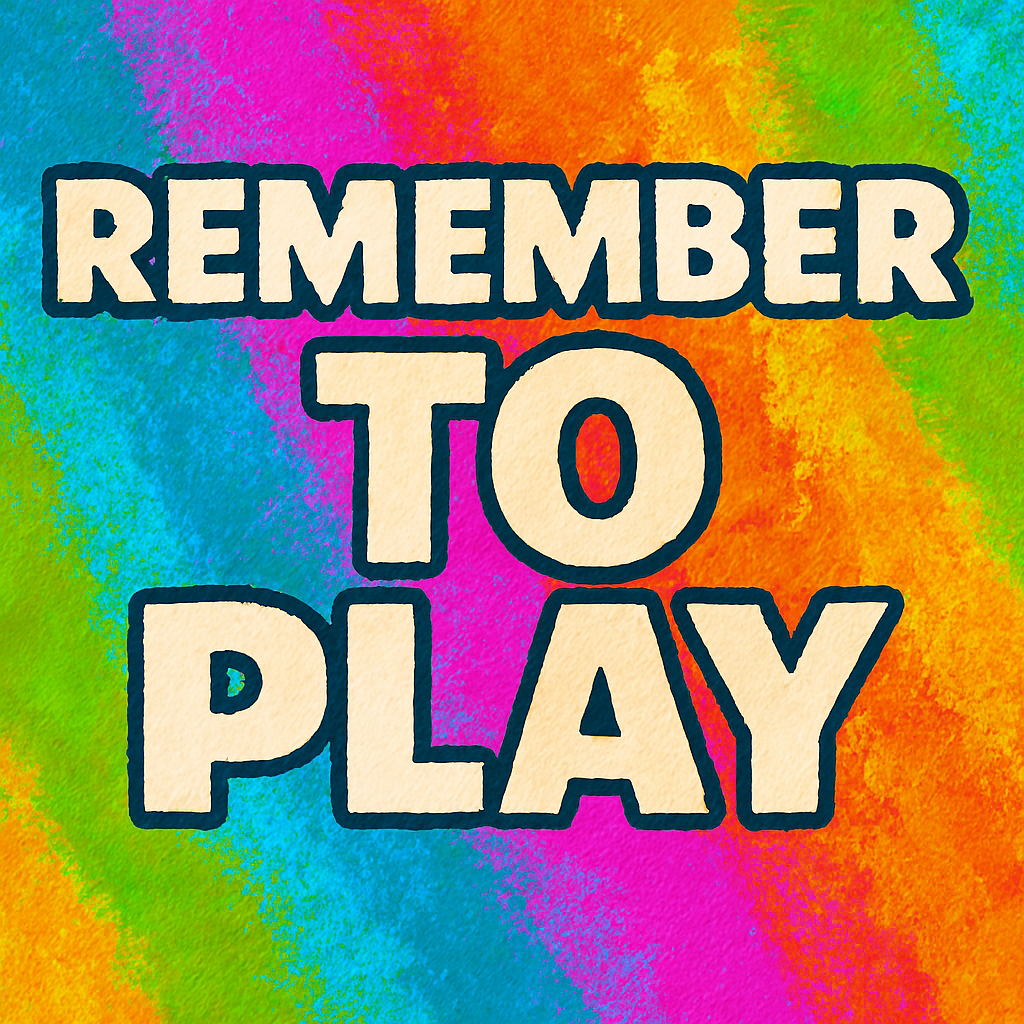
Symbolic Rituals – Embedding Meaning Into Performance
Children instinctively create rituals to make sense of their world. These rituals—whether imaginary games, repeated gestures, or symbolic objects—help them anchor emotion, identity, and intention. Athletes do the same, often unconsciously. A pre-game dance, a lucky charm, or a whispered mantra becomes more than habit—it becomes a symbolic act. These rituals stabilize focus, regulate emotion, and connect the athlete to their deeper purpose. When rooted in a childlike mindset, rituals become vivid, personal, and emotionally charged. They transform routine into meaning. Athletes who embrace symbolic play often report greater emotional clarity and strategic readiness. Rituals also help manage transitions—between warm-up and competition, between failure and recovery, between training and rest. They mark thresholds, helping athletes shift mental states with precision. Coaches who understand this dynamic often encourage athletes to develop their own symbolic language. This might include gestures, phrases, or visual cues that activate emotional memory. These cues become anchors during high-pressure moments. They remind athletes who they are, why they play, and what they stand for. Symbolic rituals also enhance team cohesion. Shared chants, synchronized movements, and collective symbols build emotional unity. They create a shared story that transcends individual roles. In elite environments, where performance is dissected and monetized, rituals reclaim the emotional soul of sport. They remind athletes that movement is not just mechanical—it’s expressive. Rituals also support recovery, helping athletes decompress and reframe. A post-game walk, a journal entry, or a symbolic gesture of release can restore emotional balance. These acts are not superstitions—they are psychological technologies. They help athletes regulate, reflect, and reconnect. Symbolic clarity is not optional—it’s essential. It gives athletes a compass, a rhythm, and a voice. And it begins with play.
| Ritual Type | Symbolic Function | Emotional Impact | Performance Role |
|---|---|---|---|
| Pre-game dance | Emotional activation | Energized focus | Mental readiness |
| Lucky object | Psychological grounding | Reduced anxiety | Stability under pressure |
| Team chant | Collective identity | Emotional unity | Tactical synchrony |
| Personal mantra | Inner focus | Confidence boost | Strategic clarity |
| Post-game walk | Emotional release | Recovery support | Reflection and reset |
| Visual cue | Memory trigger | Anchored intention | Decision-making aid |
| Shared gesture | Symbolic bonding | Trust reinforcement | Team cohesion |
| Journal entry | Meaning-making | Emotional processing | Long-term growth |
Elite Examples – Champions Who Play With Joy
Many of the world’s most celebrated athletes credit their success to retaining a playful mindset. Serena Williams has spoken about the importance of joy and emotional expression in her game. Usain Bolt’s spontaneous celebrations and playful gestures became cultural symbols, not just personal trademarks. Lionel Messi’s intuitive style reflects a childlike freedom—he plays with grace, unpredictability, and emotional depth. Naomi Osaka has modeled emotional openness, showing that vulnerability and strength can coexist. These athletes don’t just perform—they embody. Their playfulness is not a distraction—it’s a strategic and emotional asset. It allows them to recover faster, adapt more fluidly, and connect more deeply with audiences. Their rituals, gestures, and expressions become part of the sport’s symbolic language. They inspire younger athletes to see sport as a space for creativity, not just control. They also challenge toxic norms—like stoicism, hyper-competitiveness, and emotional suppression. By playing with joy, they expand the emotional vocabulary of sport. This expansion makes sport more inclusive, more human, and more culturally resonant. Coaches and commentators often note that these athletes perform best when they are emotionally free. Their childlike mindset enhances flow, focus, and strategic improvisation. It also supports long-term resilience. Athletes who play with joy are less likely to burn out, more likely to evolve, and more capable of navigating transitions. Their presence shifts the tone of competition—from fear to curiosity, from domination to expression. They model a version of excellence that is emotionally intelligent, symbolically rich, and strategically adaptive. These champions remind us that sport is not just about winning—it’s about becoming. And becoming requires joy.
| Athlete | Childlike Trait | Emotional Impact | Strategic Outcome |
|---|---|---|---|
| Serena Williams | Expressive joy | Emotional dominance | Tactical fluidity |
| Usain Bolt | Playful gestures | Audience connection | Momentum disruption |
| Lionel Messi | Intuitive play | Symbolic grace | Unpredictable execution |
| Naomi Osaka | Emotional openness | Mental resilience | Strategic clarity |
| Roger Federer | Lightness and humor | Calm focus | Adaptive strategy |
| Simone Biles | Creative expression | Confidence boost | Technical innovation |
| Marcus Rashford | Inclusive gestures | Cultural resonance | Leadership influence |
| Ash Barty | Joyful rhythm | Emotional balance | Tactical precision |
Conclusion – Reclaiming Joy As A Strategic Asset
In the pursuit of excellence, athletes are often taught to suppress emotion, eliminate spontaneity, and prioritize control. But this approach overlooks a vital truth: joy is not the opposite of discipline—it is its foundation. A childlike mindset enhances emotional intelligence, fuels creativity, and deepens strategic engagement. It allows athletes to play with purpose, adapt with grace, and connect with meaning. Playfulness is not a regression—it is a return to the source. It reminds athletes why they started, what they love, and who they are. It also makes sport more inclusive, more sustainable, and more culturally powerful. Athletes who retain their playful side perform not just with skill, but with soul. They inspire others to see sport as a space for healing, expression, and transformation. Coaches who teach through joy build teams that are emotionally cohesive and tactically flexible. Fans who witness playful performance feel more connected, more engaged, and more emotionally nourished. The childlike mindset is not a gimmick—it is a strategic and symbolic force. It enhances flow, strengthens resilience, and expands the emotional range of sport. It turns drills into discovery, competition into connection, and movement into meaning. In a world that often demands perfection, playfulness offers freedom. It invites athletes to explore, express, and evolve. It also prepares them for life beyond sport—where emotional intelligence, adaptability, and symbolic clarity are essential. Reclaiming joy is not just good for performance—it’s good for humanity. It reminds us that excellence is not just about control—it’s about connection. And connection begins with play.
Join The Discussion – How Do You Play With Purpose
Have you ever experienced a moment in sport where playfulness unlocked your best performance? Do you coach, train, or compete with joy as a core principle? What rituals, gestures, or symbolic acts help you stay emotionally grounded?
#PlayWithPurpose #ChildlikeMindset #StrategicJoy #EmotionalIntelligenceInSport #FlowStateAthletics #InclusivePerformance #SymbolicSport #CreativeAthlete #ResilientPlay #JoyfulEdge #CoachingWithImagination #RitualsInMotion #AthleteIdentity #EmotionalRecovery #SportAsStory
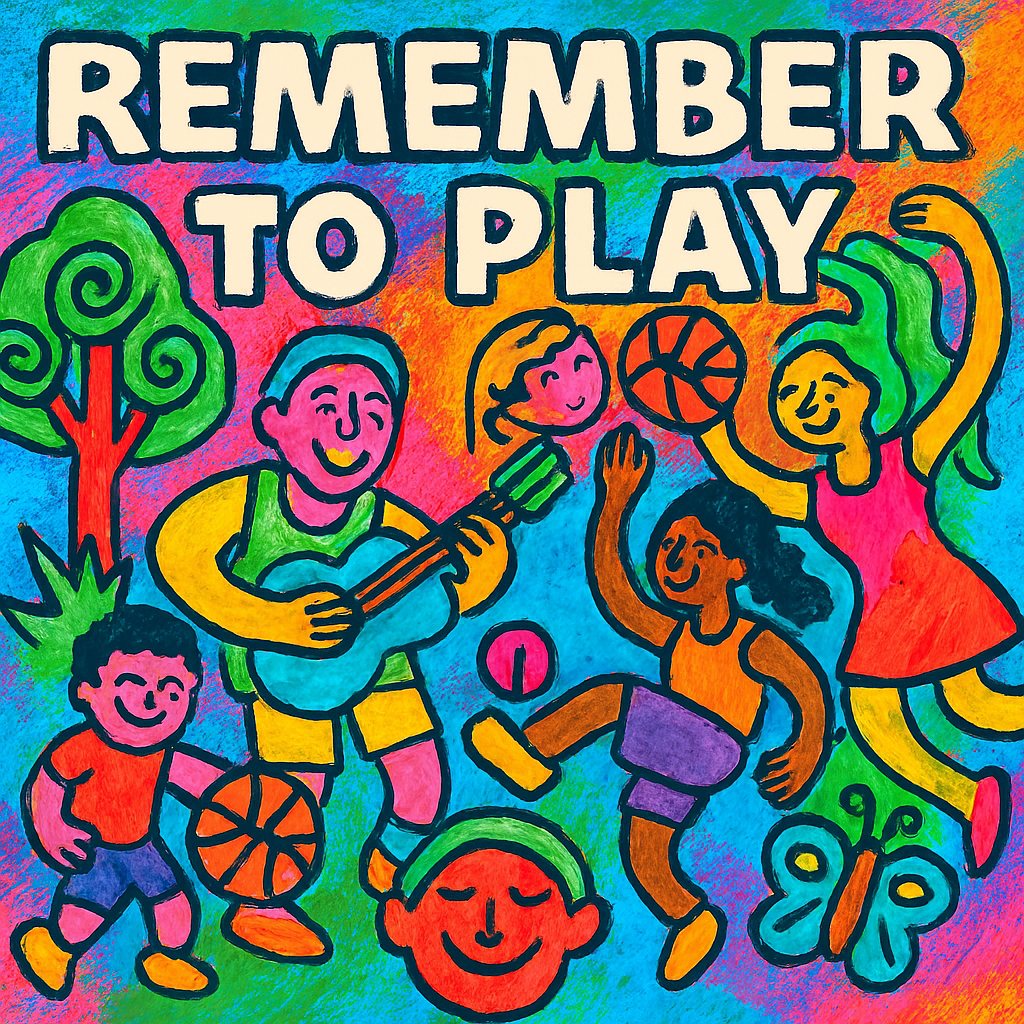
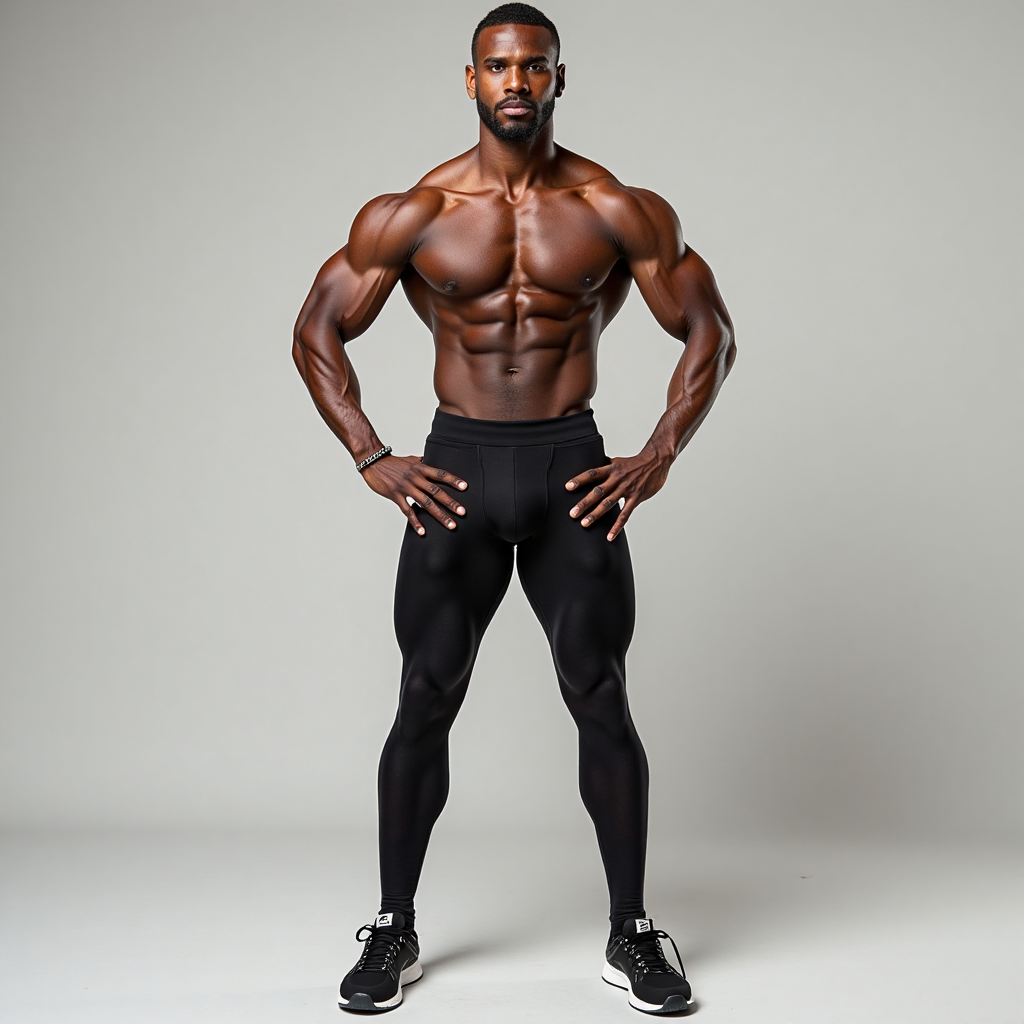



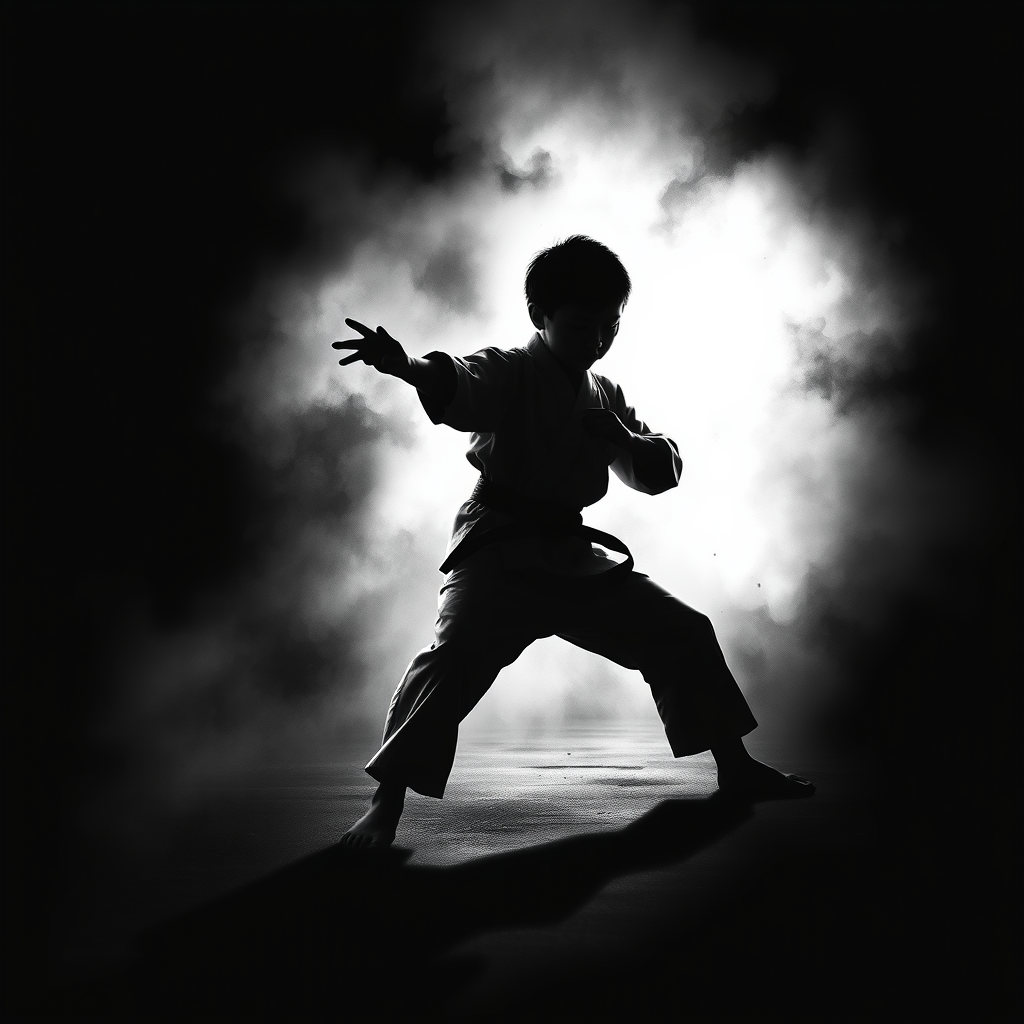


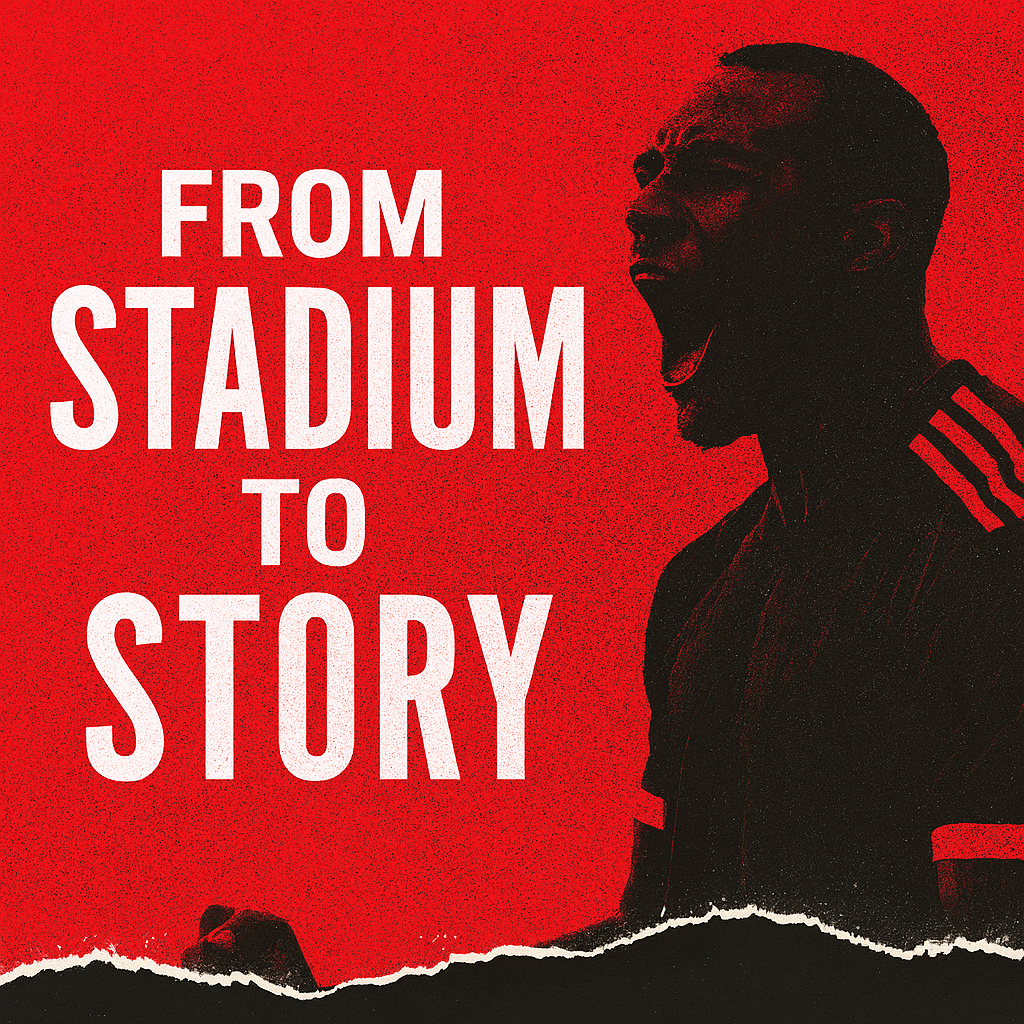
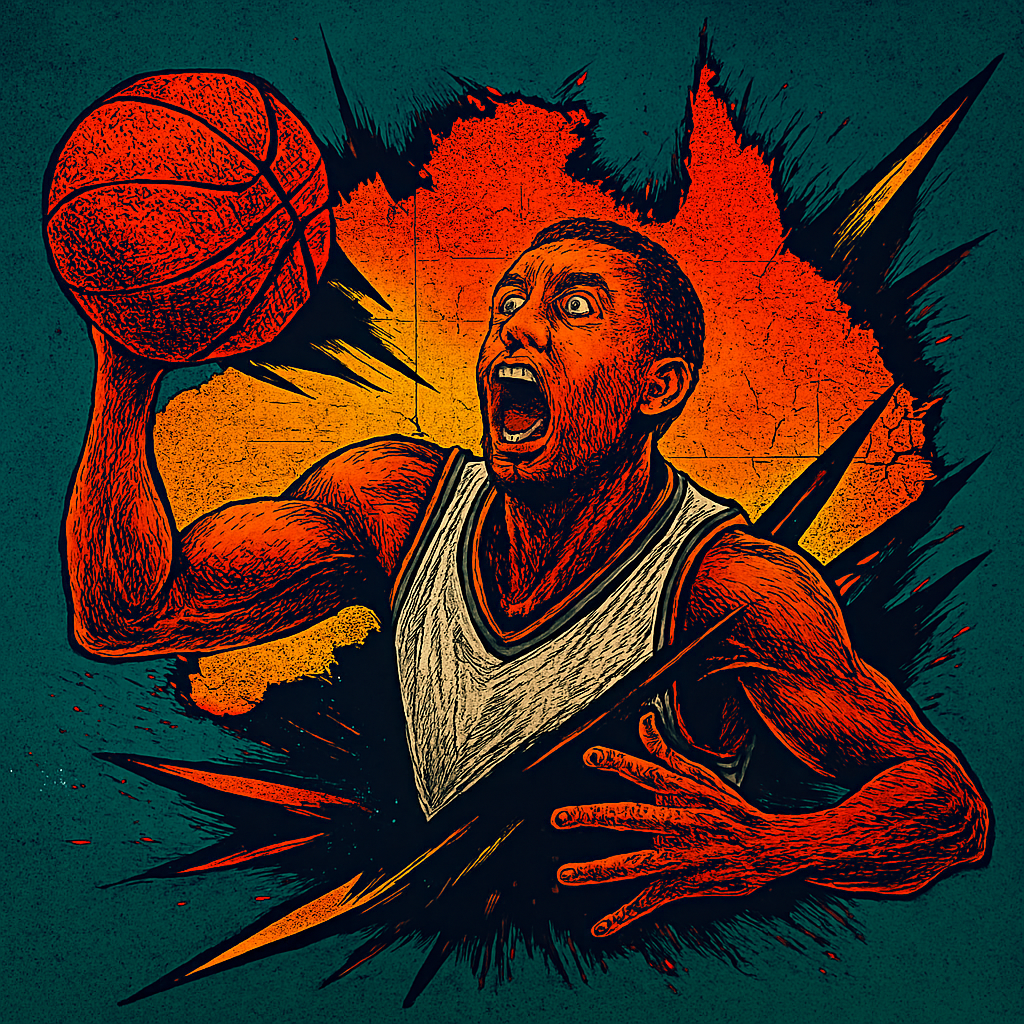

The Power Of Smiling Or A Smile And Mental Health
[…] Smiling exerts a calming influence on the cardiovascular system, reducing blood pressure and heart rate through parasympathetic activation. When you smile, your body shifts from a stress-dominant state to one of relaxation and repair. This transition lowers systemic inflammation, a key contributor to heart disease. Smiling also improves vascular function by enhancing endothelial responsiveness. The endothelium, which lines blood vessels, plays a critical role in regulating blood flow and clotting. Smiling promotes nitric oxide release, which dilates blood vessels and improves circulation. Smiling supports heart rate variability, a marker of cardiovascular resilience. High variability indicates better adaptability to stress and lower risk of arrhythmias. Smiling can also reduce the frequency of stress-induced cardiac events. In patients with hypertension, smiling has been shown to lower systolic and diastolic pressure. It complements lifestyle interventions such as diet and exercise. Smiling improves adherence to heart-healthy routines by enhancing mood and motivation. It also reduces the physiological impact of negative emotions like anger and anxiety, which are linked to cardiac risk. Smiling is a behavioral buffer against emotional triggers that elevate heart rate and blood pressure. It fosters emotional regulation, which is essential for cardiovascular stability. Smiling also enhances sleep quality, which supports nocturnal blood pressure regulation. It reduces nighttime arousals and promotes deeper sleep stages. Smiling is a non-pharmacological intervention with measurable cardiac benefits. It is accessible, cost-free, and universally applicable. In cardiac rehabilitation, smiling is used to foster optimism and engagement. It improves patient outcomes and reduces hospital readmission rates. Smiling is not just a sign of happiness—it is a signal of cardiovascular health. […]